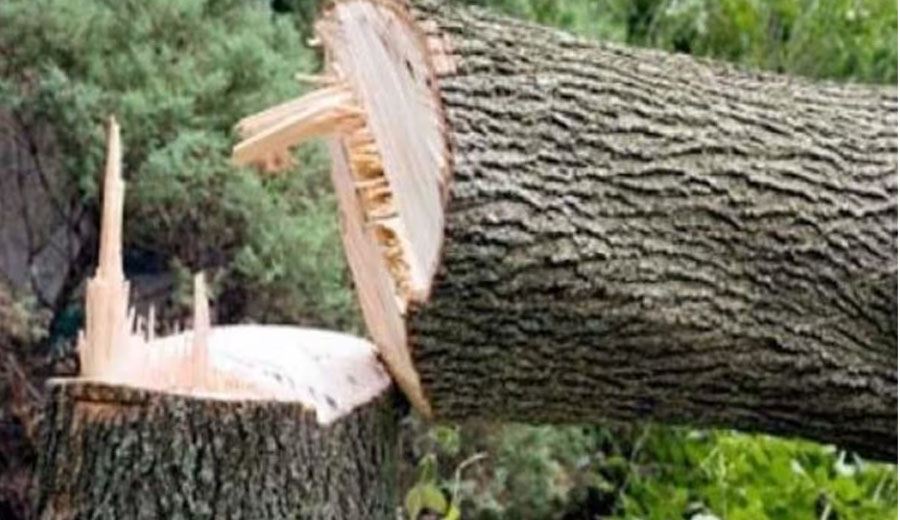Winter is truly the season of colours in Kolkata.
All parks and gardens become colourful with various seasonal flowers.
No wonder, thousands of people visit The Agri Horticultural Society of India at Alipore to enjoy the enchanting beauty of blossoms.
Spending time in a garden not only uplifts your spirit but also relaxes your mind and helps to relieve the stress of modern-day living.
In almost every home, there is usually a place for creating a small garden — the balcony. In some houses, even the roof doubles up as a garden.
In gated communities generally, there is landscaping with shrubs and plants that bloom during the winter.
It is highly beneficial to nurture a small garden in your home and now is the time to start if you don’t have one.
If you already have one, this is the right time to prepare for a blooming garden in the winter.
You can even grow some vegetables in your garden and trust me, the joy of consuming home-grown vegetables is unparalleled.
However, you need to take action right now so that your garden is full of flowers and vegetables in the forthcoming winter.
Let’s see what steps you have to take now.
Post-Monsoon Deweeding
Monsoon is the time when weeds grow and overpower the garden. Because of the weeds, the garden looks unkempt and uncared for.
Now is the time to root out all those weeds and prepare your garden for a new look. Similarly, you must root out all diseased plants too.
Hardware stores sell several kinds of tools designed to make weeding easier. A tapered-trough weeding tool lets you dig deep into the soil to destroy taproots. It works well for plants with deep roots.
A loop-blade weeder works well to remove weeds that sprout next to desirable plants, making it one of the best weed killers for flower beds. Use that tool to yank out weeds without damaging the plants you want to keep.
You don’t need poisonous chemicals to ward off weeds. Household staples, such as salt and vinegar, work just as well. In order to use salt as a weed killer, combine 1 cup of table salt with 2 cups of water, stir the mixture well and then pour it directly on the weeds.
After your garden is free of all those ugly weeds, you need to make a plan.
Plan what you want from your garden.
A flower garden? Or a vegetable or herb garden? Or a mixture of the two?
What sort of flowers or vegetables?
You must devote some time to thinking it through and then take the next step.
Prepare the Ground
You need to do the following activities to prepare the ground for planting new seeds.
Loosen up the Soil
The long period of the monsoons makes the soil tight and hard. It is not so suitable for planting new seeds. It is essential that the earth is loosened and oxygen goes inside the soil.
Compost It
Now that you have dug up all the ground, you need to apply the compost so that the fertility of the ground goes up. This creates an ideal environment for growing new plants and having larger flowers.
Adding nutrients at this time of year means they have time to start breaking down, enriching your soil, and becoming biologically active.
Use Mulch
Adding a thick layer of mulch to the soil surface helps regulate soil temperatures and moisture and ease the transition into winter. And as the mulch breaks down it incorporates fresh organic material into your soil.
Mulching has the added benefit of reducing water loss, protecting the soil from erosion and inhibiting weeds.
Consider Sections of Similarity
When you plan for planting a variety of seeds or plants, you must consider sections of similarity.
Let’s see how to do this.
If you plant dahlias and chrysanthemums, you must consider the colour of the flowers in each plant. A dahlia with red flowers will look good beside a yellow one.

You must group dahlias together and chrysanthemums together so that they form kind of a flower bed. Consider the height of the flower plants too. Dahlias and chrysanthemums are of different heights.
Similarly, keep the vegetable plants separate from the flower garden. Here also, group the same plants together.
This is essential because different plants have different requirements for water and sunlight.
Choose Suitable Varieties of Flowers and Vegetables
Did the varieties of flowers and vegetables planted last season perform adequately in your garden? Now is the time to reconsider underperforming plants and find out if a better variety exists for your location.
If your plants are performing adequately, consider extending your harvest by adding varieties that ripen earlier or later in the season.
You can choose to mix beds of early and late bloomers so that your garden looks colourful all through the winter.
Also, consider planting some perennials like roses so that the garden never looks bare.
Choose the Best Seeds and Plants
Even if they are somewhat costly, you must choose the best grades of seeds and plants.
For example, there are varieties of marigolds, dahlias, roses, or chrysanthemums that produce larger flowers. Choosing these varieties will make your garden far more colourful and dense.
There are also different varieties of vegetables and you must choose the right ones. There are, for example, many varieties of green chilli and every variety is different.
One of the useful ideas is to plant some herbs. Herbs like cilantro are great if cultivated organically in a kitchen garden. Their flavour is much better than what is available in the market.

Do the hard work, and as the winter comes you will witness your garden full of flowers and vegetables in the winter. Just looking at them, and taking a chair to sit down among them will lighten your mood, lift your spirits, and help you forget the difficulties of our tough lives.






